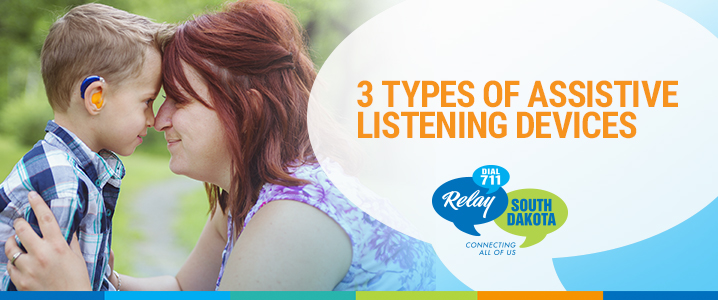
3 Types of Assistive Listening Devices

When it comes to easing the day-to-day ability of hearing-impaired or hard-of-hearing individuals, assistive listening devices, or “ALDs,” can go a long way toward making hearing and comprehending that much more possible.
Each ALD will almost always be comprised of three essential parts: A microphone for sound creation; a transmitter for sound delivery; and a receiver for – you guessed it – sound reception.
While there are a variety of ALDs available, most of them fall into three basic categories of function. Let’s break them down.
FM
FM devices utilize radio-broadcast technology and can often be seen in use in classrooms. They will typically offer some varying degrees of mobility, particularly when the user is wearing the transmitter. Some of the more modern ALDs can even be fitted within a hearing aid.
Infrared
Infrared devices utilize visual, light-based technology and can often be seen in use in situations in which privacy and confidentiality are important – such as courtrooms or business settings. Why? Because light cannot pass through walls, thus guaranteeing privacy for the users. Infrared devices are also used quite often in entertainment venues and for listening to TVs and video-streaming devices.
Inductive loop
Inductive-loop devices utilize electromagnetic technology and can often be seen in use in group settings in which multiple hearing-impaired people are using them. These types of devices do not require wearing reception elements, nor do they require hearing-aid use – individuals may utilize an inductive-loop device through headphones and a receiver.
Source: National Association of the Deaf
Found in: Technology

